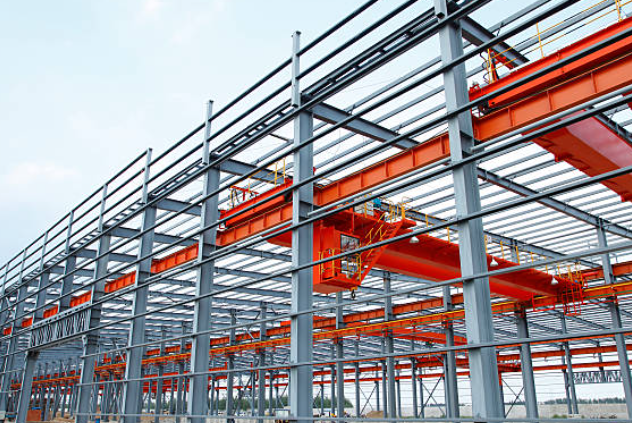
Posted on Tuesday, October 1, 2024
Metal buildings have become increasingly popular in industries ranging from agriculture to commercial construction due to their durability, cost-effectiveness, and ease of assembly. To ensure these structures are both safe and functional, various essential metal components must be produced with precision and care. This guide offers an overview of the key parts required for metal buildings, the manufacturing processes involved, and how each part contributes to the overall structural integrity.
Beams form the backbone of metal buildings, providing vertical and horizontal support to transfer loads and maintain structural stability. Typically made of steel, beams can be produced through roll forming or extrusion processes, which ensure precise shaping and sizing. Common types include I-beams, H-beams, and C-beams, each chosen based on the specific load requirements of the building.
Purlins are horizontal structural members that provide support for roof panels. They are commonly made from cold-formed steel in C or Z shapes. These lightweight components are crucial for distributing roof loads across the frame of the building, ensuring that the weight is evenly supported.
Girts are similar to purlins but are installed along the walls of a metal building. They support the wall panels and help distribute the lateral loads, preventing the walls from bowing under pressure. Like purlins, girts are typically manufactured in C or Z shapes and made from cold-formed steel.
Wall panels form the exterior shell of a metal building, providing protection from the elements and contributing to the building’s structural integrity. These panels are often made from galvanized steel and are available in various profiles, including corrugated, ribbed, or smooth surfaces.
Roof panels are designed to keep the building weatherproof, and they play a critical role in maintaining the building’s overall structural performance. These panels are often made from high-strength steel and are available in profiles like standing seam, trapezoidal, or corrugated, depending on the type of roof required.
Fasteners hold the metal building together. These include screws, bolts, and rivets, which connect beams, purlins, girts, and panels securely. High-quality fasteners are essential for maintaining the structural integrity and longevity of the building, particularly in areas exposed to heavy loads or environmental stressors.
Trims are decorative and functional elements that cover gaps between panels and provide a finished look to the building. They are commonly used around doors, windows, and corners, sealing these areas to prevent moisture ingress and enhance the building's aesthetic appeal.
Each of these components plays a vital role in the structural integrity and performance of a metal building. Precision manufacturing through roll forming and other techniques ensures that each part meets stringent engineering standards, leading to a building that is safe, durable, and capable of withstanding environmental forces like wind, snow, and seismic activity.
In conclusion, the production of metal building parts requires advanced manufacturing techniques, such as roll forming, to deliver components that are precise, durable, and ready for assembly. By understanding the role each component plays and how they are manufactured, builders can ensure they are selecting the best materials and systems for long-lasting and structurally sound metal buildings.
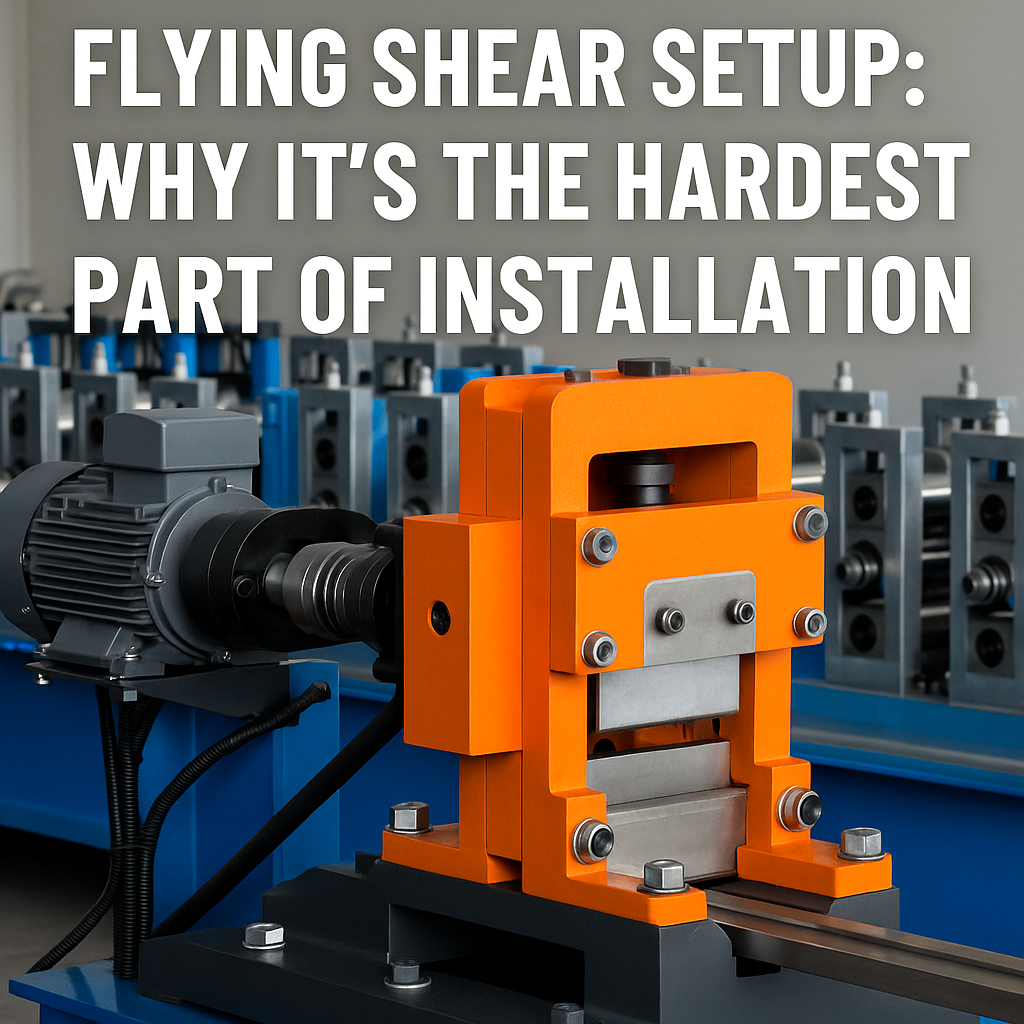
Flying Shear Setup: Why It’s the Hardest Part of Roll Forming Machine Installation
Posted on Monday, November 24, 2025
If you want a header image, meta description, or series continuation, just tell me.
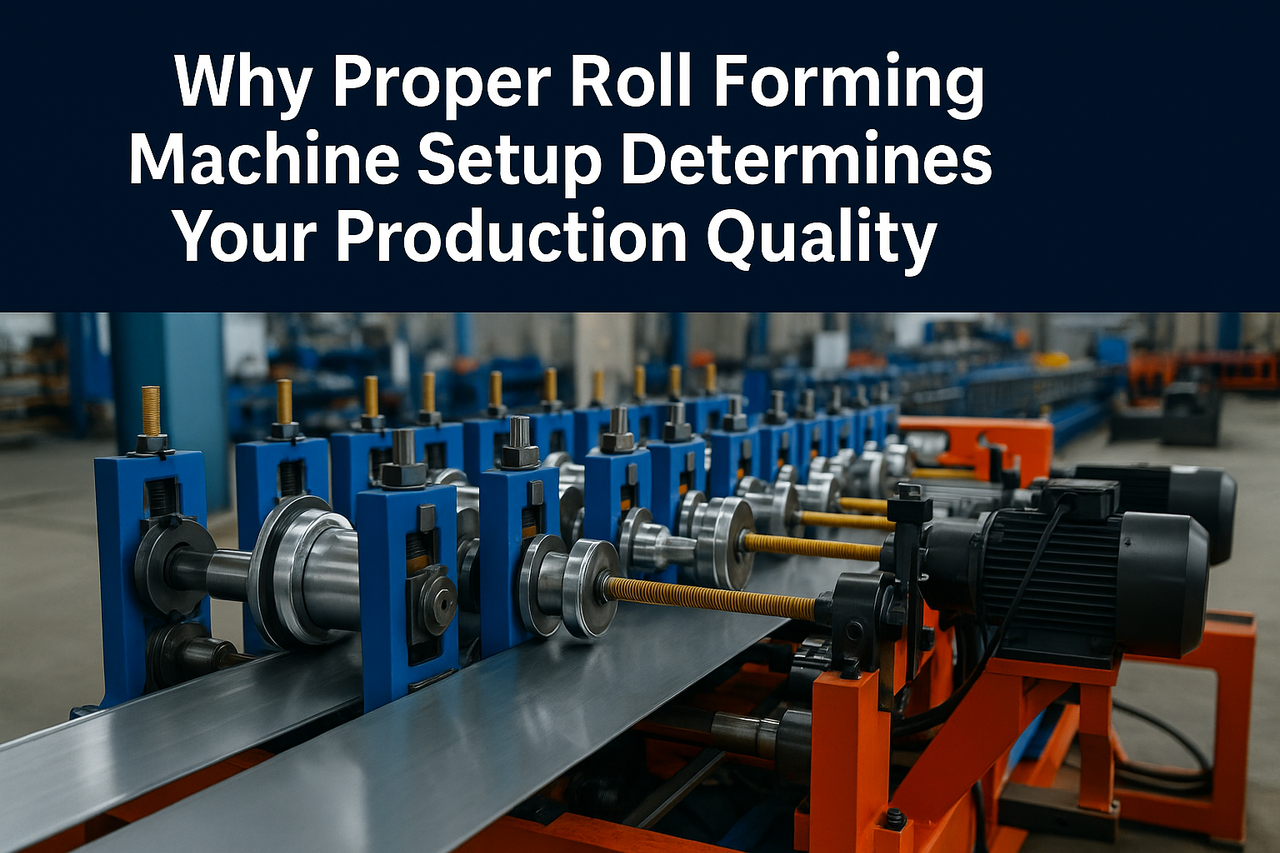
Why Proper Roll Forming Machine Setup Determines Your Production Quality
Posted on Monday, November 24, 2025
The #1 factor that decides accuracy, scrap rate, speed, and consistency.
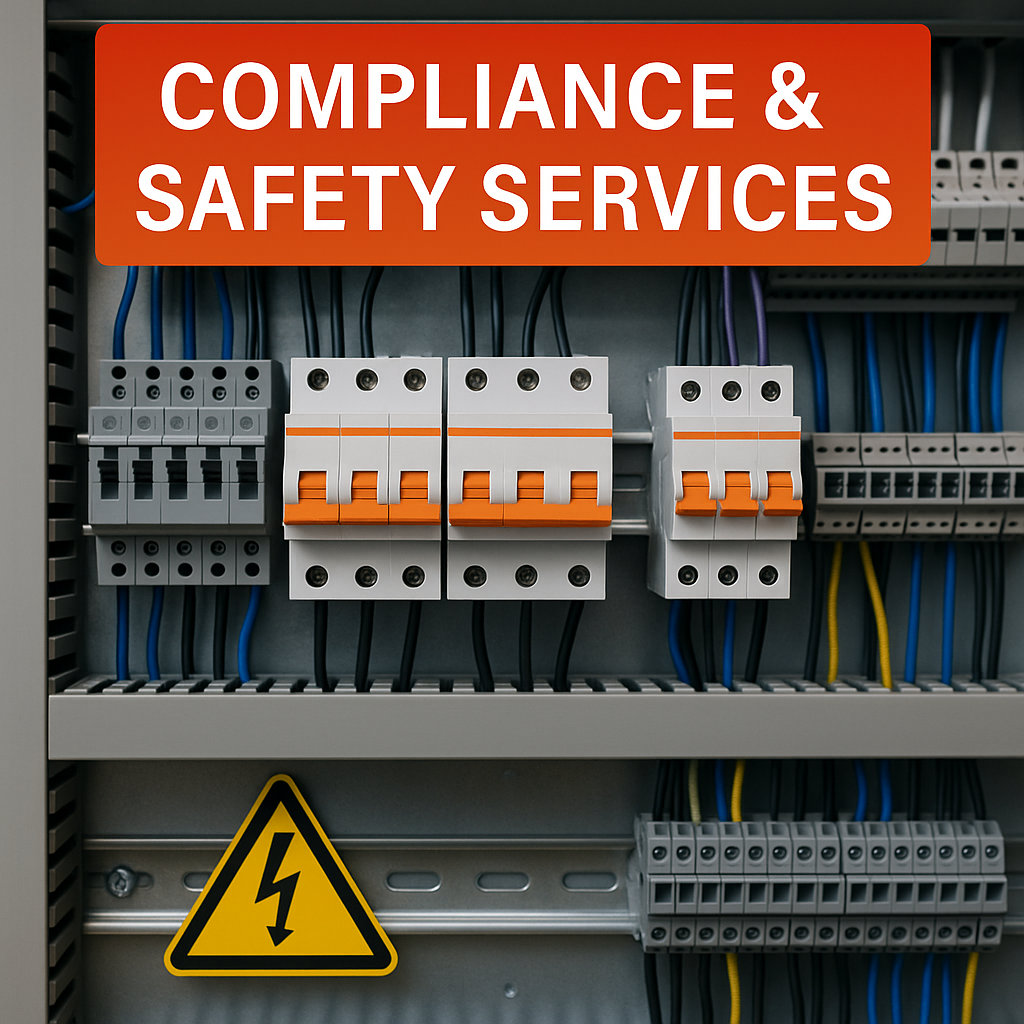
Compliance & Safety Services for Roll Forming Machines — Full Guide
Posted on Sunday, November 23, 2025
How Machine Matcher keeps your machines safe, legal, and fully compliant with CE, UL, and UKCA standards.
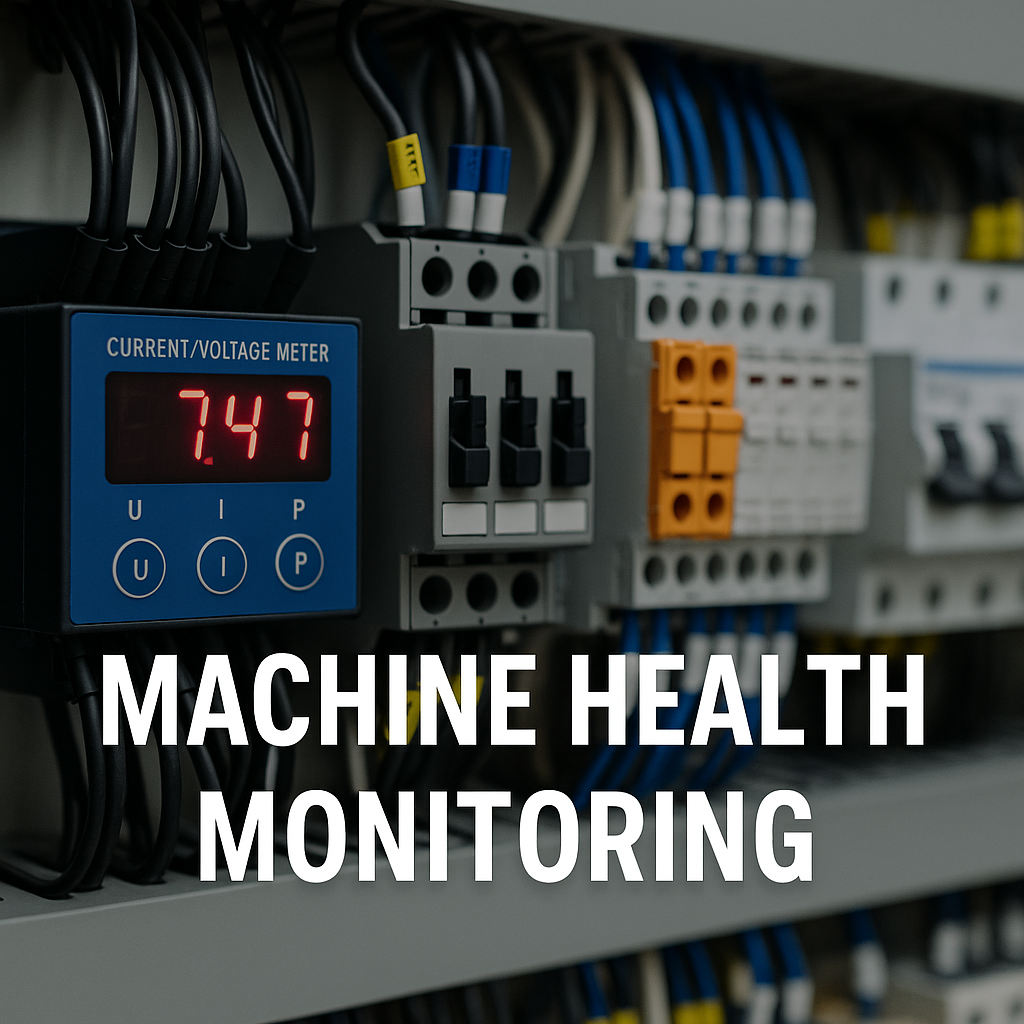
Machine Health Monitoring for Roll Forming Machines — Complete Diagnostic Service Guide
Posted on Sunday, November 23, 2025
Continuous diagnostics that prevent breakdowns, reduce downtime, and extend machine life.
Copyright 2025 © Machine Matcher.